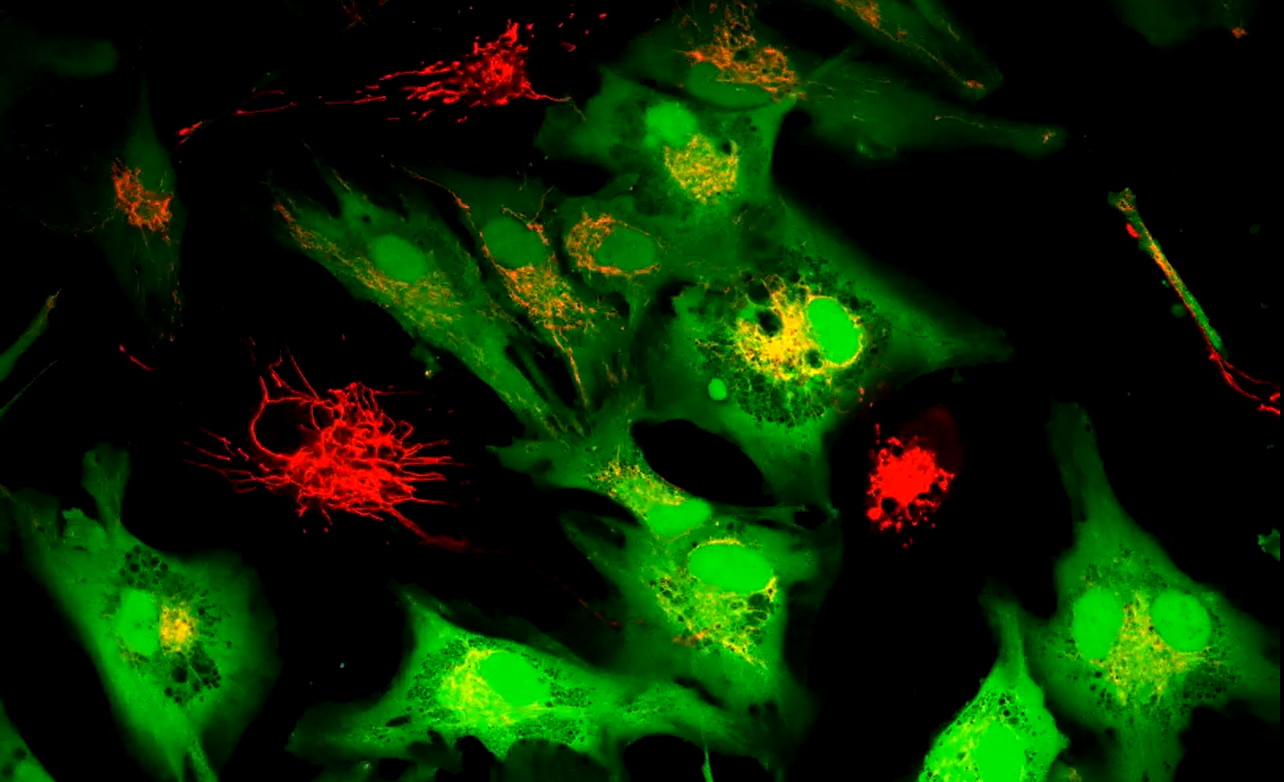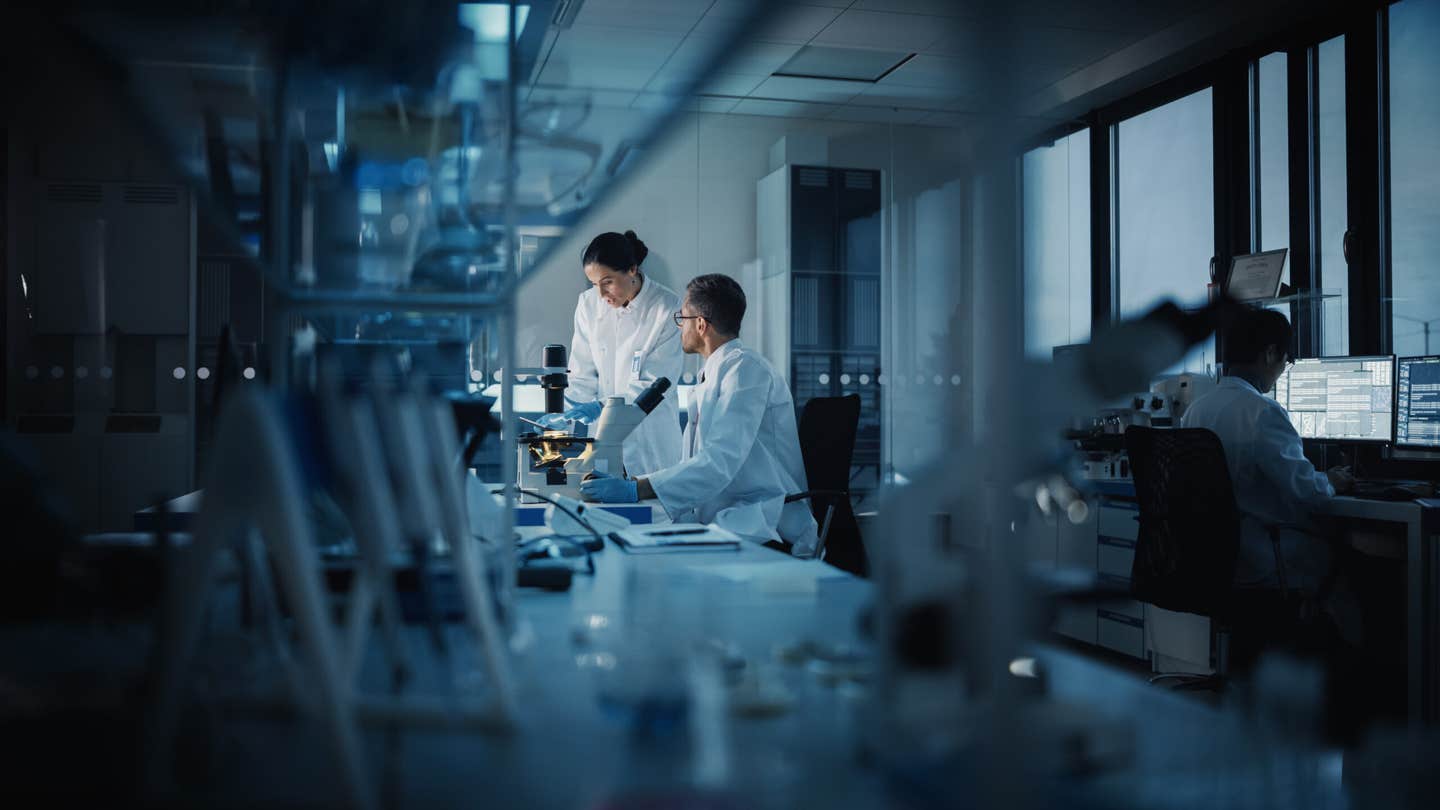Can humans design better leaves than nature?
On the Earth’s surface, leaves serve as a crucial lynchpin in the planetary carbon cycle, capturing sunlight and transforming it into energy

[July 12, 2023: Staff Writer, The Brighter Side of News]
Extensive research has already focused on the architecture of leaves and the strengthening structures that enable them to resist damaging forces, however research has neglected to explain how the mesophyll maintains its structural integrity and optimizes the exchange of gases to support photosynthesis. (CREDIT: Colourbox)
Scientists and engineers are on a global quest to unravel the evolution of plant leaves and the optimization of photosynthesis, aiming to learn from and possibly outdo nature's design. By forging new knowledge, they aspire to create artificial leaves that are more efficient at photosynthesis than their natural counterparts.
This challenging journey of understanding the secrets of leaf architecture has recently been kickstarted by a group of international experts under the banner of an intriguing new research project titled "The Architecture of Photosynthesis."
On the Earth's surface, leaves serve as a crucial lynchpin in the planetary carbon cycle, capturing sunlight and transforming it into the energy plants need to grow through the process known as photosynthesis. This vital process also involves the conversion of atmospheric carbon dioxide into oxygen, providing a critical life-supporting service for all aerobic organisms, humans included.
The design and structure of leaves, painstakingly refined over millions of years of evolution, have been fine-tuned to maximize the efficiency of this photosynthetic process, all the while withstanding the rigors of changing weather conditions, the gravitational pull, and the relentless grazing of herbivores.
Related Stories
However, the question that has been keeping modern scientists up at night is whether evolution has created the best possible design for the leaf. Could there be room for improvement? Can we, with our technology and understanding of biology, engineer artificial leaves that outperform their natural counterparts? Is there a way for us to give nature an evolutionary nudge in the right direction?
These are the pivotal questions driving the new interdisciplinary research project. It brings together an international consortium of biologists and engineers from prestigious institutions such as McGill University in Canada, Yale University in the United States, Imperial College in Britain, and Aarhus University in Denmark. Generously supported by the Human Frontier Science Program (HFSP), the project has received a grant of approximately DKK 10.3 million (USD 1.5 million) to pursue these lofty goals.
"Despite an abundance of research, the reconciliation of leaf architecture's optimization for photosynthesis and light capture with the necessary structural stability to resist gravity and wind has proven to be an elusive challenge," says Assistant Professor Matteo Pezzulla, the head of the Slender Structures research group at Aarhus University's Department of Mechanics and Production. Pezzulla is spearheading the Danish contingent in this collaborative endeavor.
The team aims to understand the complex structure of leaves, which at a millimeter scale is akin to a sandwich. This structure consists of stiff, protective outer layers known as epidermal face sheets, separated by a softer core of spongy tissue called mesophyll, which carries out photosynthesis. The generally flat shape of most plant leaves has evolved to optimize sunlight exposure for maximum photosynthetic activity.
Previous research has extensively studied leaf architecture and the structures that fortify leaves against potential damage. Still, a critical aspect that has been overlooked is the mesophyll. The investigators are particularly interested in how this tissue maintains structural integrity while optimizing gas exchange for photosynthesis.
"This project will delve into the core structures of leaves. We need to understand how leaves maintain structural integrity while allowing for optimal gas exchange with a thin, porous, yet strong structure," explains Pezzulla. The team will study these structures at micro and macro levels, scrutinizing whether the natural design is the best it can be in relation to the biological processes it must carry out, or if it can be improved.
Leaf parts and directional terms. Left: Diagram of a simple leaf showing the basic parts, including the petiole (stalk), lamina (blade), veins (strands of vascular tissue), margin (edge of the lamina), apex of the lamina, and base of the lamina. Right: Diagram of a leaf attached to a stem showing terms for directionality: adaxial (upper leaf surface), abaxial (lower leaf surface), proximal (nearer the stem) and distal (further from the stem). (CREDIT: E.J. Hermsen)
With an enhanced understanding of photosynthetic optimization, the researchers hope to conceive plants more resilient under rapidly changing environmental conditions. The knowledge could also inspire biomimetic design—applying lessons from nature to solve human problems, such as designing more efficient solar panels modeled after leaf architecture.
Pezzulla is optimistic about the interdisciplinary nature of this project: "This project exemplifies the importance of integrating technology and engineering to resolve issues in other disciplines."
As they embark on this thrilling journey to explore the architecture of photosynthesis, the team holds the promise of rewriting the narrative of how we perceive and use the leaves' natural design, possibly setting a new course for both natural and artificial photosynthesis.
Note: Materials provided above by the The Brighter Side of News. Content may be edited for style and length.
Like these kind of feel good stories? Get the Brighter Side of News' newsletter.



